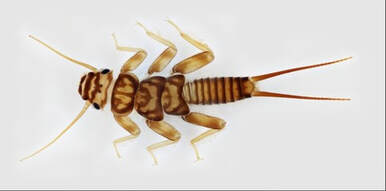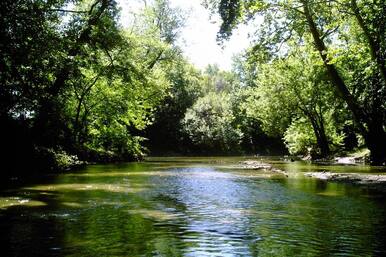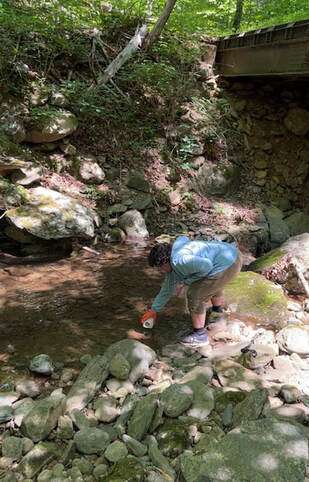 Judy Edmunds collecting water sample for brook trout eDNA project; Credit: Alan Edmunds Judy Edmunds collecting water sample for brook trout eDNA project; Credit: Alan Edmunds On June 10th, Old Rag Master Naturalists, including Judy and Alan Edmunds, along with members of Trout Unlimited, Friends of the Rappahannock and other volunteers worked with Shenandoah National Park's (SNP) Supervisory Fish Biologist, Evan Childress to collect the deoxyribonucleic acid (DNA) of brook trout. The purpose of this project was to gain a comprehensive understanding of brook trout population in the Shenandoah. This was done by collecting water samples from over 80 streams in the SNP. The process of collecting the samples was an all-day project! Volunteers first picked up sample kits at one of the two testing stations in the SNP. Along with their kit, volunteers were given a site number, a data sheet to fill out and directions to the site. Some of the sites were a long hike into the park and took some tricky trekking to get to the exact spot on the stream that was listed on the site sheet! Once the longitude and latitude were confirmed and verified, following the collection protocol, the volunteers collected 2 liters of water from the site and filled out the data sheet. After hiking back to the car, the water was put on ice in coolers to keep the DNA from degrading on the drive back to the testing stations. When volunteers returned the samples and data sheets, the park staff used special equipment to filter each sample of water. Each individual filter was then put in a vial to be sent to a lab that will use polymerase chain reaction (PCR) to amplify the DNA signal. This will enable them to detect any trout DNA present in the sample. The results of the eDNA project will be long lasting. The information that was gathered will allow park biologists to not only understand the health of the streams and the distribution of brook trout in the park, but will also help park biologists make informed decisions about future conservation initiatives. Evan’s plan is to make an interactive map where people can see the results from the places we sampled and to give a virtual presentation talking about what we learned from the project. The eDNA project will be wrapping up this fall, but Evan is already looking to get additional grants to drive more projects that will support healthy streams in the Shenandoah. Stay tuned for more opportunities to help Evan in the future!
0 Comments
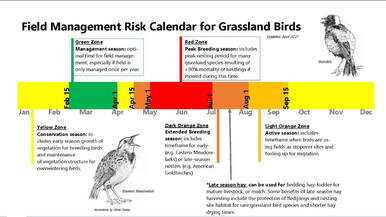 There is an immense amount of water in aquifers below the earth's surface. In fact, there is a over a thousand times more water in the ground than is in all the world's rivers and lakes. Groundwater is found underground in the cracks and spaces in soil, sand and rock. It is stored in and moves slowly through geologic formations of soil, sand and rocks called aquifers.
Here are four articles regarding groundwater and the Chesapeake Bay:
Also see Groundwater Foundation and USGS for more inforamtion 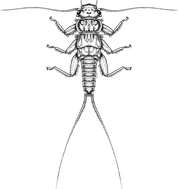 by Jeff Stehm I just watched a webinar on a fantastic new macroinvertebrate identification and citizen science training site – Macroinvertebrates.org! This site, developed under a National Science Foundation grant, took 3-years to bring to life through the efforts of a multi-disciplinary team of scientists and educators. Over 150 macroinvertebrate species of the eastern United States are listed on the site. Identification is facilitated by the over 800,000 high-resolution and expandable images taken of each species as well as the expert content and annotations developed, including key identification features and pollution sensitivity. The website development involved a set of partner organizations that helped define identification problems and needs, tested the website design and functionality, and participated in research on how citizen scientists learn observational identification tasks. The website has about 5,000 visits a month and surveys indicate that over 90 percent of trainees and trainers come away with greater confidence and accuracy in their identification capabilities and teaching methods. The website is packed with information, various stunning and expandable views of each organism, printable resources, including a training manual and identification sheets, an informative blog, and other resources. So, check it out! Fantastic and a must see! www.macroinvertebrates.org. Click here for website quick start guide.  For the more ambitious, check out the Taxonomic Certification Program of the Society for Freshwater Science at https://stroudcenter.org/sfstcp/ |
Have a blog or blog idea?
Let us know (click) Other Blogs
VA Native Plant Society - click Brenda Clement Jones - click John Muir Laws' Blog - click Megan's Nature Nook - click Categories
All
Archives
September 2023
Blog Administrator:
Kathleen A. VMN since 2018 |
